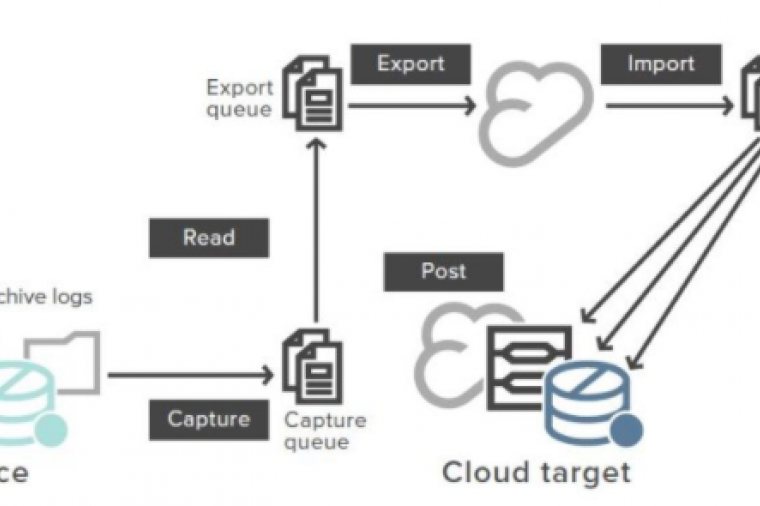Technically News scans thousands of industry articles to present you with a weekly source of IT news, information, and ideas that impact the public sector.
Cloud Solutions Grab Big Slice of Government IT Budgets
Private cloud spending in the government is expected to be $1.7 billion next year claims IDC in a new report. By 2017, they predict private cloud spending will reach almost $8 billion. They also state that cloud investments will be stalled from 2013 to 2014. Read more notes from the report by visiting this eWeek article.
Despite Sequestration, Cybersecurity Funding Growing
While budgets across the board at the Defense Department are stagnate or decreasing, there is one area of extraordinary growth: cybersecurity. In 2014, the Department plans on spending $4.6 billion on security technology, an 18% growth from 2013. And spending is estimated to continue increasing until 2018. The Washington Post has the breakdown.
IRS Needs Better Data Center Consolidation Plan
According to an audit from the Department of Treasury Inspector General for Tax Administration, the IRS’ efforts to consolidate its 15 major data centers is costing millions of dollars a year. The reason? They have not formalized a project management plan. Which means it’s worth noting, again: technology only makes you as efficient as the processes you implement with it.
Does Your Cybersecurity Strategy Include Shadow IT?
We’ve talked about Shadow Cloud Apps before. Now, one of our partners has created a way for you to take a snapshot of your current cyber resilience. Last week, Symantec introduced their CyberV Risk Calculator and CMS Wire has an article outlining one way you can use it to identify Shadow IT. Note: Part of the calculator’s metrics derives from UK benchmarks.
NASA Laser Comm Will Rocket Data To and From Space
It currently takes NASA 15 minutes to send a command from Earth to Mars. Using lasers, the agency will soon be able to do it in seconds. Optical Payload for Lasercomm Science (OPALS) technology will be mounted on the International Space Station in December. Read more about it on GCN.

































